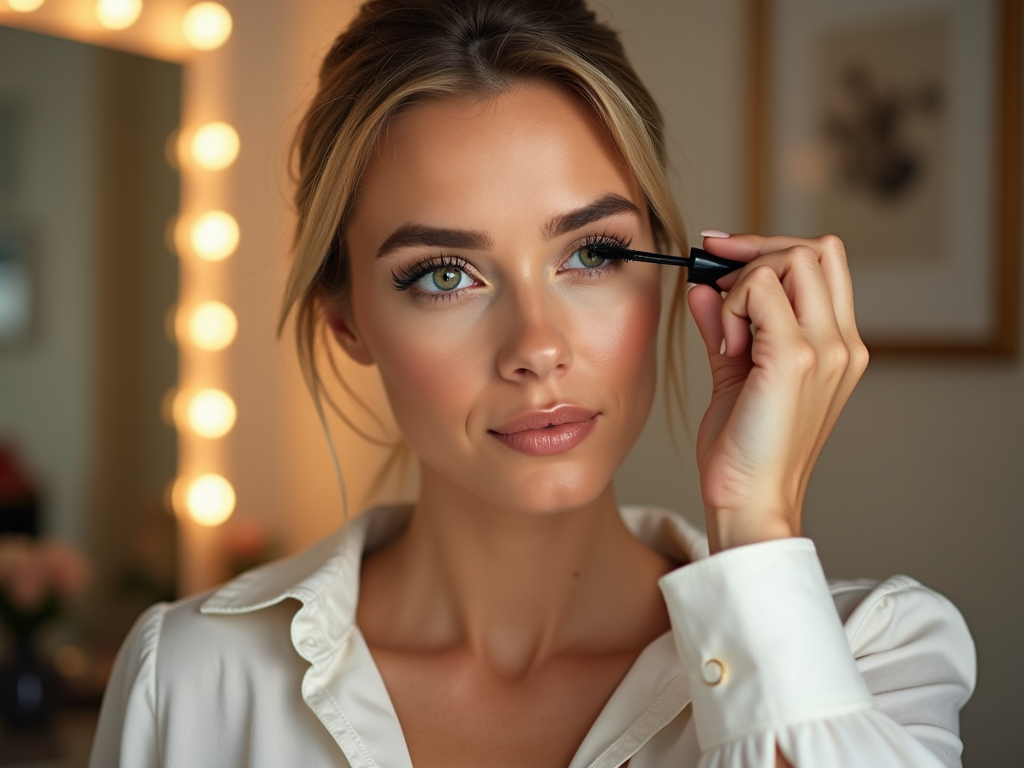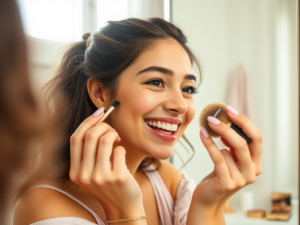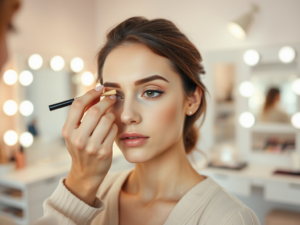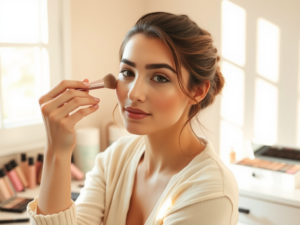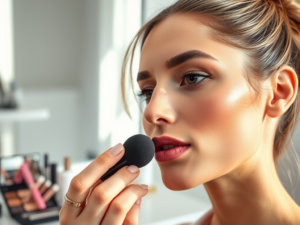Korean Face Masks: Choosing the Right Mask According to Your Skin Type
In a world dominated by fast-paced lifestyles, the quest for effective skincare solutions has led to the rising popularity of Korean face masks. These innovative products, known for their soothing and rejuvenating benefits, are now staples in many beauty routines around the globe. However, with the plethora of options available, navigating through the various types of masks can be daunting. The key to unlocking the full potential of these cosmetic wonders lies in understanding one fundamental principle: matching the mask to your specific skin type. By identifying your skin’s unique needs, you can choose masks that deliver the best results. This article will guide you through the process of selecting the right Korean face mask tailored to your individual skin type.
Understanding Different Skin Types
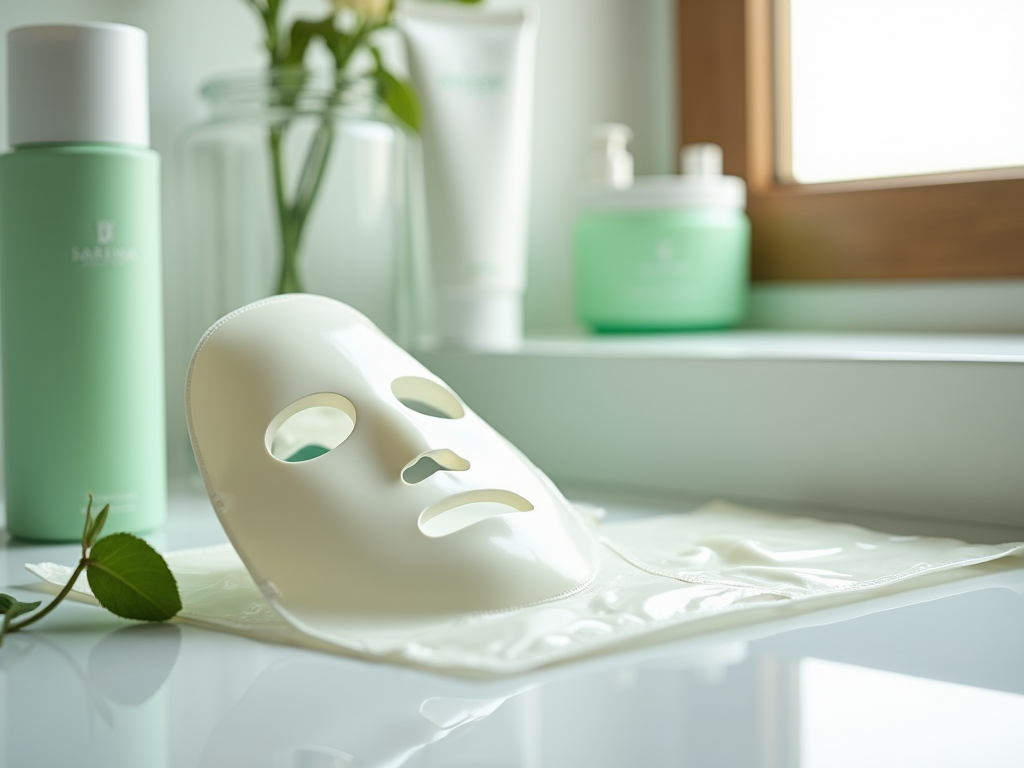
To effectively choose a face mask, it’s essential first to identify your skin type. Generally, skin types can be categorized into four main groups: oily, dry, combination, and sensitive. Each skin type has unique characteristics and challenges that affect how products interact with the skin. Knowing your skin type helps in selecting the most suitable ingredients and formulations in face masks. This understanding is pivotal in avoiding irritation and maximizing hydration. By pinpointing your skin type, you can effectively streamline your skincare routine and achieve your desired complexion.
Oily Skin
Oily skin is characterized by excessive sebum production, which can lead to shine, clogged pores, and acne. Those with oily skin often struggle with maintaining balance; however, the right masks can help regulate oil production without drying the skin out. Lightweight, non-comedogenic masks are ideal for this skin type. Look for ingredients like charcoal, tea tree oil, and clay, which absorb excess oil and unclog pores. Incorporating a mask into your routine can be revolutionary, as it provides targeted treatment and helps manage breakouts effectively.
Dry Skin
On the contrary, dry skin lacks moisture and can appear flaky, tight, or dull. For those suffering from dry skin, it’s crucial to choose masks that offer intense hydration and nourishment. These masks typically contain rich, moisturizing ingredients like hyaluronic acid, glycerin, and natural oils. They serve to replenish the skin’s moisture barrier and combat signs of dryness. Regularly using a hydrating mask can significantly improve skin texture, delivering both comfort and glow. Hence, it’s essential to perform a patch test to ensure compatibility.
Combination Skin
Combination skin presents its own set of challenges, as it features both oily and dry areas. Generally, the T-zone—which includes the forehead, nose, and chin—tends to be oily, while the cheeks may be dry or normal. Selecting a mask that caters to both zones can be tricky but not impossible. A dual-action mask that hydrates the dry areas while controlling oil in the T-zone is an excellent choice. Look for formulas that balance these opposing needs and avoid heavy products that can exacerbate oiliness. Customizing your approach is vital for achieving an overall healthy complexion.
Sensitive Skin
Sensitive skin is easily irritated and may react negatively to certain ingredients, leading to redness, itching, or breakouts. For those with sensitivities, choosing hypoallergenic, fragrance-free masks is imperative. Ingredients such as aloe vera, chamomile, and oatmeal can soothe irritated skin and enhance its barrier function. It’s essential to perform a patch test before using new products to gauge any adverse reactions. Carefully reviewing ingredient lists ensures you select the safest options, optimizing skincare without unnecessary risks.
Types of Korean Face Masks

Korean face masks come in various forms, each offering different benefits. Below is a table summarizing the common types of face masks, their primary functions, and the skin types best suited for each:
| Mask Type | Function | Best For |
|---|---|---|
| Sheet Masks | Hydration and nourishment | All skin types |
| Clay Masks | Oil absorption and detoxification | Oily and acne-prone skin |
| Cream Masks | Intense moisture and repair | Dry and combination skin |
| Peel-off Masks | Deep cleansing and exfoliation | Normal to oily skin |
Choosing the right type of mask depends on your skin’s needs and your skincare objectives. Each type offers unique advantages, making it essential to understand how they align with individual concerns. Ultimately, using the right face mask can enhance your skincare routine and contribute to a radiant complexion.
How to Choose the Right Face Mask for Your Skin Type
When selecting a Korean face mask, consider the ingredients and your specific skincare concerns. Here are some practical tips to guide your decision-making:
- Read ingredient labels carefully to ensure no irritants are present.
- Opt for masks with natural and beneficial components suited for your skin type.
- Consider your current skin concerns, such as acne or dryness, when choosing a mask.
Furthermore, pairing your mask with additional products can enhance its effectiveness. For instance, using a cleansing oil before a mask helps to remove impurities and allows ingredients to penetrate deeply. Post-mask, a good moisturizer locks in the benefits of the treatment. Tailoring your approach can yield the best results on your skincare journey.
Application Tips for Maximum Efficacy
To maximize the benefits of Korean face masks, proper application is key. Below are some tips to ensure you’re making the most out of your masking experience:
Pre-Mask Preparation
Before applying any mask, cleanse your face thoroughly to remove dirt and oils. Exfoliating a few times a week can also help make sure that the mask is absorbed effectively. Following this cleansing step, steam your face for a few minutes to open up the pores and enhance absorption. The right preparation sets the foundation for optimal results and allows the mask to work its magic on your skin.
Post-Mask Care
After using a mask, it’s important to follow up with appropriate post-care. Gently remove the mask and pat your face with a clean towel. Apply a soothing serum or moisturizer to lock in hydration and nutrients. This step is crucial for maintaining your skin’s health and prolonging the benefits of the mask. Skipping this can undermine the results you’ve achieved and leave your skin feeling parched.
Conclusion
Understanding your skin type is essential in the pursuit of achieving healthy, vibrant skin. By selecting the right Korean face mask tailored to your individual needs, you can address specific concerns and experience the full range of benefits these products offer. Whether opting for a hydrating sheet mask, an oil-absorbing clay mask, or a soothing cream mask, the right choice enhances your beauty routine. Remember, skincare is a journey—experimenting with different products and finding what works best for your skin may lead to the most gratifying results.
Frequently Asked Questions
- What are the key benefits of using Korean face masks? Korean face masks provide intense hydration, targeted treatment for specific skin concerns, and convenience for users on-the-go.
- Can I use a face mask every day? While some masks are safe for daily use, it’s best to follow the instructions on each mask and consider your skin’s needs.
- How do I know if a face mask is suitable for my skin type? Check the ingredients and formulation mentioned on the packaging to ensure they align with your specific skin concerns.
- Are there vegan or cruelty-free options available? Yes, many brands offer vegan and cruelty-free Korean face masks; always look for certifications on the packaging.
- What is the best time to apply a face mask? Many people prefer using masks in the evening as part of their nighttime skincare routine for optimal relaxation and absorption.
